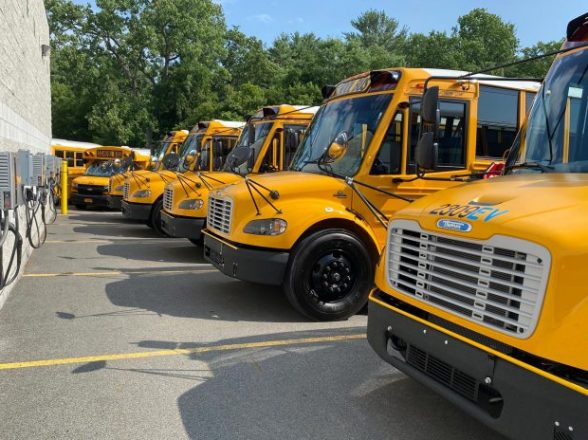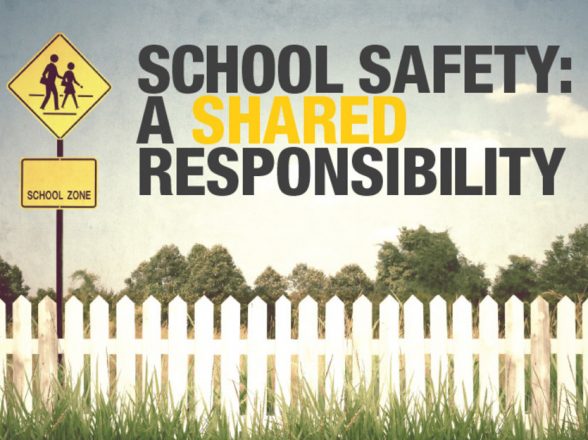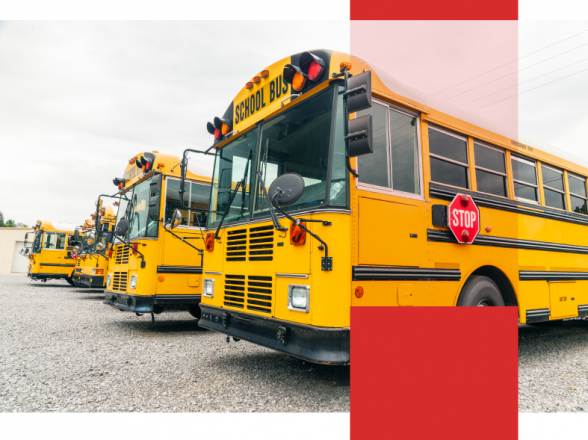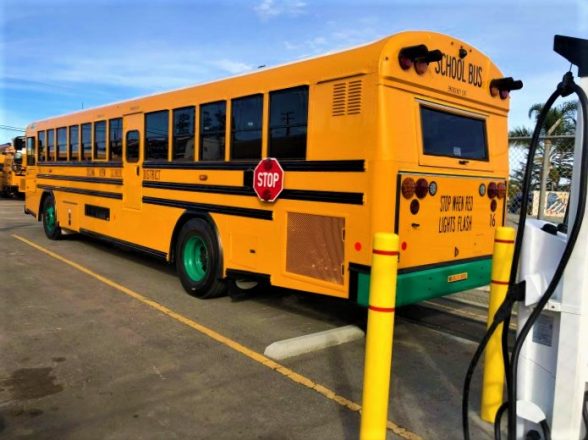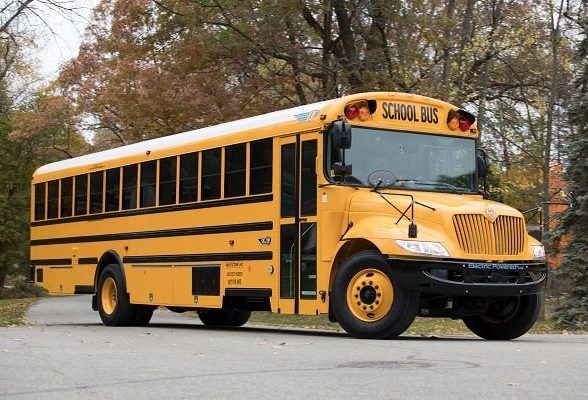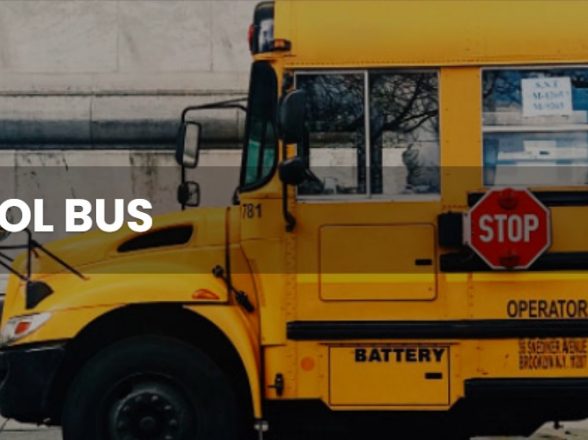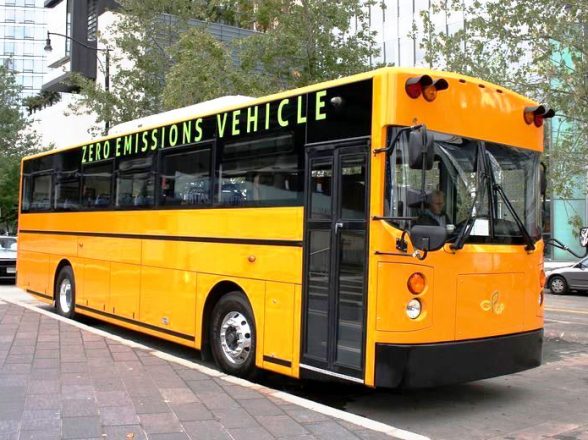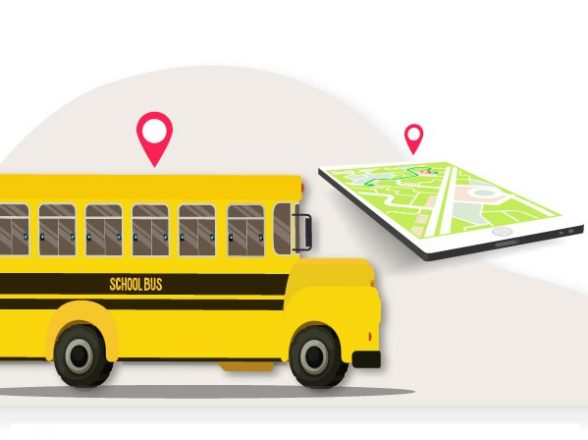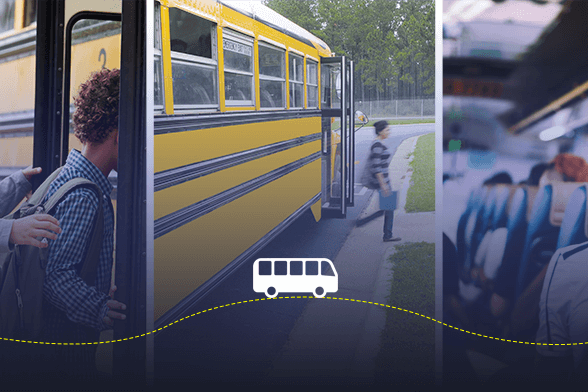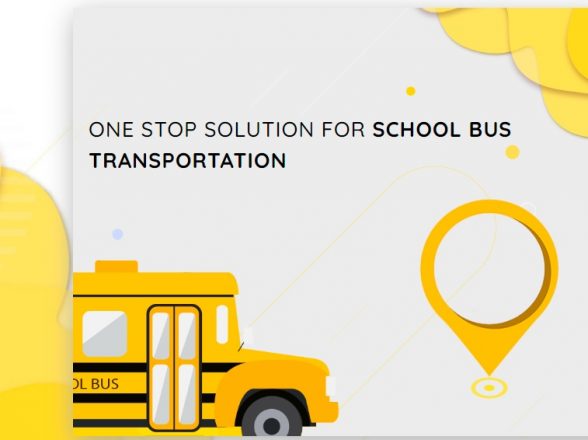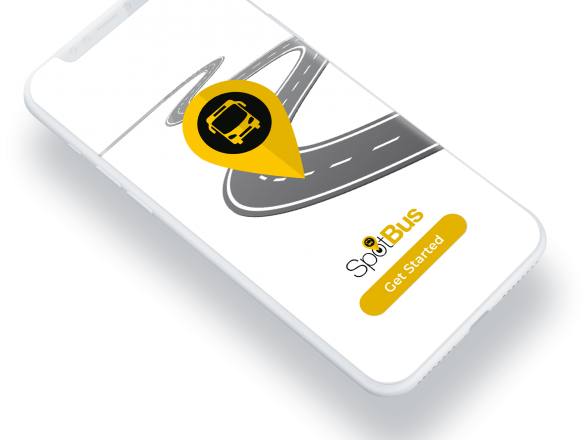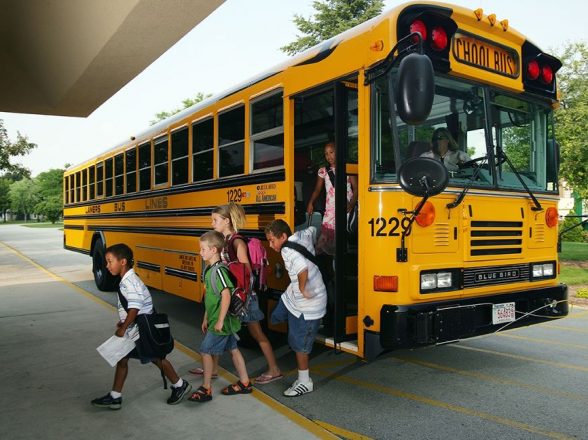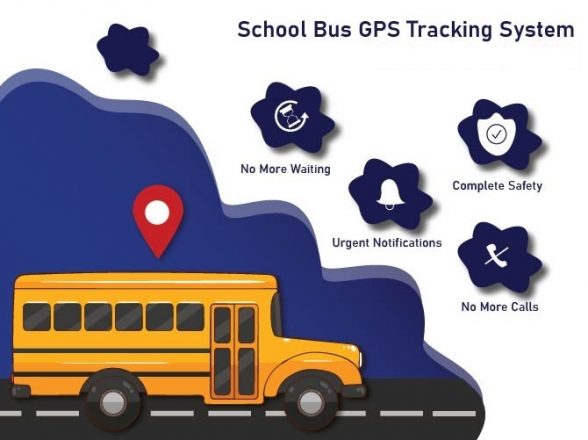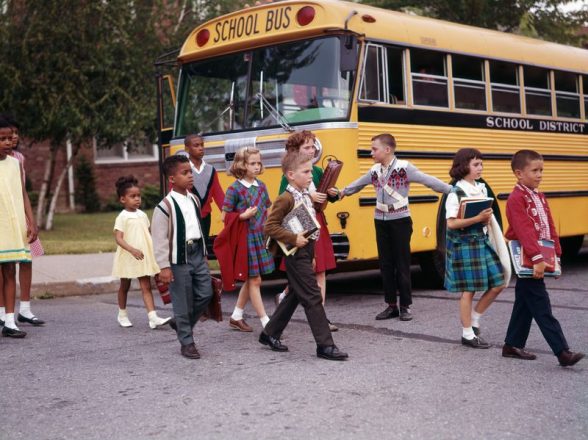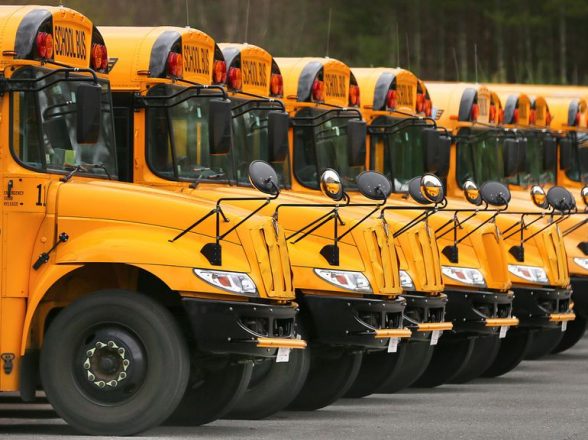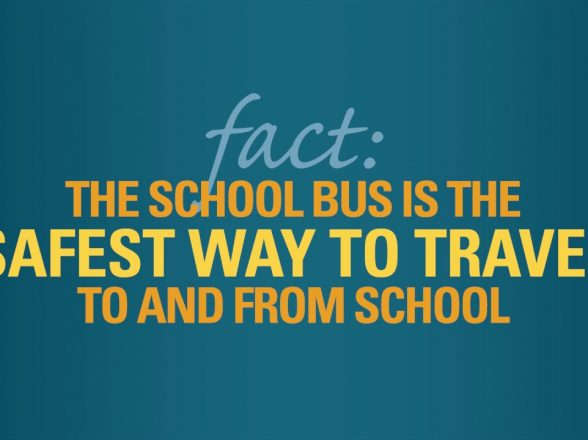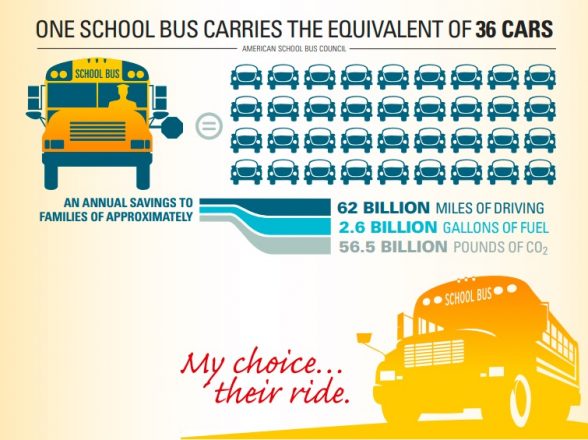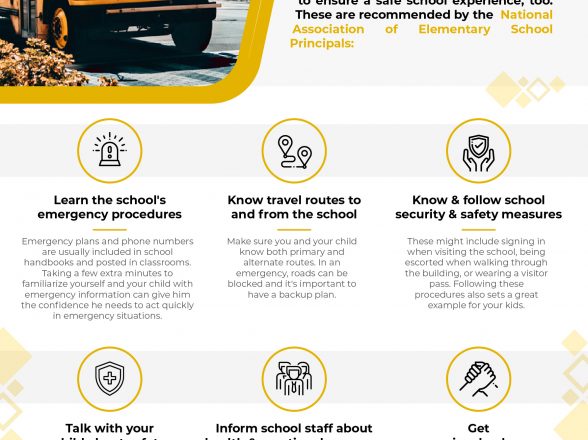The history of the school bus
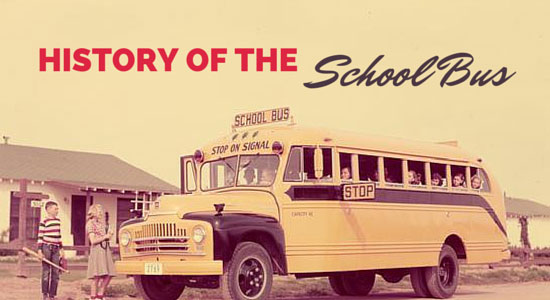
The history of the school bus can be traced as far back as 1886, when Wayne Works made horse-drawn carriages known as “school hacks” or “kid hacks” in Indiana. Before then, children simply walked or rode farm wagons and sledges to get to school, and that remained the case for most even after 1886.
It’s not long since the first day of school forced millions of kids to come back from their holidays and get back to class. Not long since schools filled with children and roads filled with yellow buses.
The 1800s- The Earliest School Bus
The earliest version of school buses were referred to as ‘kid hacks’. Now, we’re not talking about the life hacks that show you how to use half a pool noodle to prevent your car door from hitting the garage wall. Or, freezing grapes to chill wine without watering it down. In the 1800s, ‘kid hacks’ were repurposed farm wagons. Some of which, were specially built with bench seating to transport people. In fact, kids used the back of the wagon to enter and exit so they didn’t scare the horses that pulled them. However, there were not a lot of them available. So, most students still walked to and from school (uphill both ways, of course).
1914- The Addition of Motors
At this time, the automobile industry was rapidly expanding. Similarly to our quarantine waistlines. Wayne Works (one of the longest-running school bus manufacturers) had the brilliant idea to motorize ‘kid hacks’, or kiddy carriages. Unfortunately, the design was kept the same so the children had little to no protection from the elements.
1930- The First All-Steel Bus
In 1930, following the lead of a Ford car dealer, Wayne Works introduced the first all-steel school bus designed with safety glass. This edition also moved the entry door from the back to the front of the bus. And, while obviously a big improvement, parents were still concerned about their little one’s safety.
1939- ‘Yellow’ Makes a Splash
This year was a major turning point in the history of the yellow school bus. In 1939, a conference was organized by Dr. Frank Cyr, at the University of Manhattan, to establish a set of 44 national school bus standards. Many of which are still in place today. One of those standards was the color of the buses, specifically known as “National School Bus Glossy Yellow”.
Interestingly, this color is registered more quickly in a person’s peripheral vision faster than any other color. Thus, reducing the likelihood of other motorists colliding with the bus. In addition, yellow is also highly visible in the early morning and evening light (i.e. the most congested hours for school bus routes).
Likewise, we can’t help but wonder if this could help prevent future collisions with those sharp countertop corners, as well. It’s something to think about. Nevertheless, at the time, 35 states immediately switched their school buses to the aforementioned yellow color. But, it wasn’t until 1974 that this change was implemented throughout the country.
The 1970s- School Bus Safety
In the late ’70s, several states began using warning lights on school buses to signal to other drivers of an upcoming drop off of students. Then, came the addition of the flashing lights on the buses’ STOP arms to further prevent drivers from passing a stopped bus. But, have you ever wondered why school buses don’t have seat belts? Well, the answer may come as a bit of a surprise.
In 1977, school bus seating was originally designed based on a ‘Compartmentalization model‘. AKA, the passive form of safety restraint that relies on closely spaced, high-back padded seats. Essentially, this means that school buses were designed to keep kids safe without the need for seat belts. Here are some additional elements of compartmentalization school bus safety:
- Seats in a school bus are higher off the ground, so most other vehicles are below the children’s feet.
- Seats are placed closer together to create a safe zone.
- The highly padded seats and back create a compartment for the kids in the event of an accident.
- Windows are placed high above the students heads.
- To prevent ejection, there are no doors or windshields close to the students.
- The National Academy of Sciences and The National Transportation Safety Board both conducted studies concluding that this seating model is sufficient enough to protect students in the event of an accident.
To be noted before getting into it is the fact that, despite several countries now operating buses with the sole purpose of taking kids to school, it was the good old America that set the trend. Furthermore, few countries except for the U.S. and Canada use purpose-built buses for this task.
THE KID HACK

Back in late 19th century, people went to school primarily by foot. Lucky ones resorted from time to time to horse-drawn carriages known as kid hacks. And no, a hack is not a computer-related term here, but is short for hackney carriage.
Kid hacks were usually capable of transporting around 20 children, loaded through the back as not to scare the animals drawing the carriage.
Hacks were out pretty much as quickly as they rose, as the increasing number of horseless carriages being developed soon led to the creation of the school bus. For a time, however, a mixture of carriage and bus was used: wooden bodies which were mounted on regular trucks, which could be detached when the machine was used for something other than transporting pupils.
WAYNE WORKS’ SCHOOL CAR
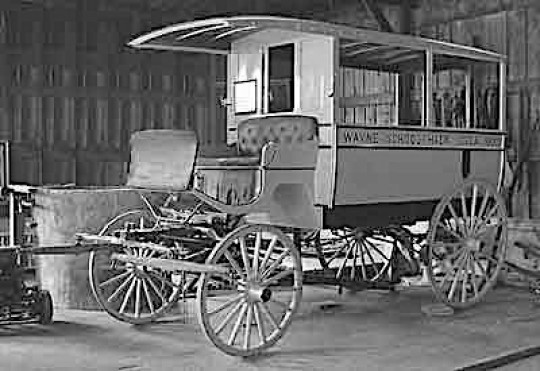
In the early days of kid hacks, one of the main manufacturers of such means of transportation was Wayne Works. Their first venture into this market came following a request received in 1892 from a school in Ohio, which asked for a purpose-built carriage.
The resulting product, called School Car, was a horse-drawn carriage that featured a cabin with perimeter seating on wooden benches.
In 1902, a fire destroyed the Wayne Works facility and forced the company to rebuild a new one, this time with the goal of producing bodies for motorized cars. And for a while, they did just that.
In 1910, Wayne ventured once again in the education industry with the launch of the motorized School Car. This is the first documented release of a school bus built on the chassis of an automobile. As opposed to its precursor, it had padded seats instead of wooden benches.
Over the ages, until its demise in mid-1990s, Wayne Works will have a major say in the way in which school buses are designed today.
BLUE BIRD FORD MODEL T
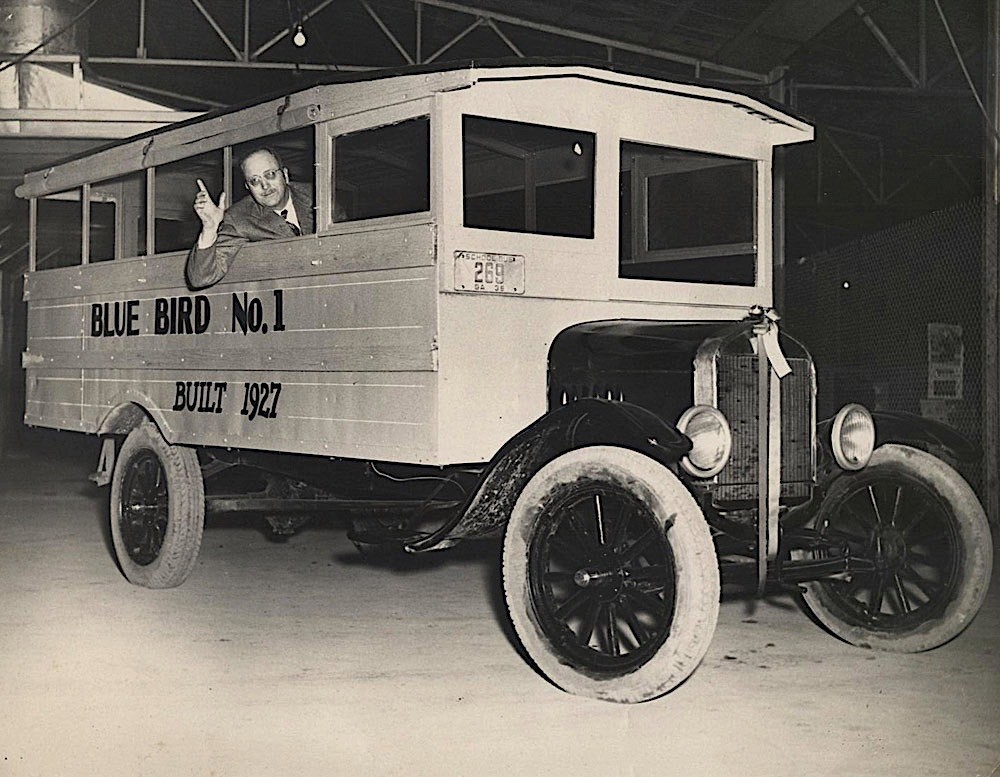
Today, one of the largest school bus manufacturers in the U.S. is the Blue Bird Corporation. The company came to be in the late 1920s after Ford dealership owner and industrialist A.L. Luce decided to manufacture a bus body for the Model T.
The idea popped into Luce’s head after being asked by one of his customers to build a wooden body for the Model T so that he could transport workers to and fro. Being made of wood, the body of the truck did not last long and was lost to the elements.
Having learned a lesson, Luce decided to use steel as panels for the body. He also used roll-up canvas side curtains for windows.
Soon, his idea laid the stepping stone for others to follow in his footsteps. So many companies began rolling their own buses, that a building standard was needed.
FRANK W. CYR AND THE YELLOW SCHOOL BUS
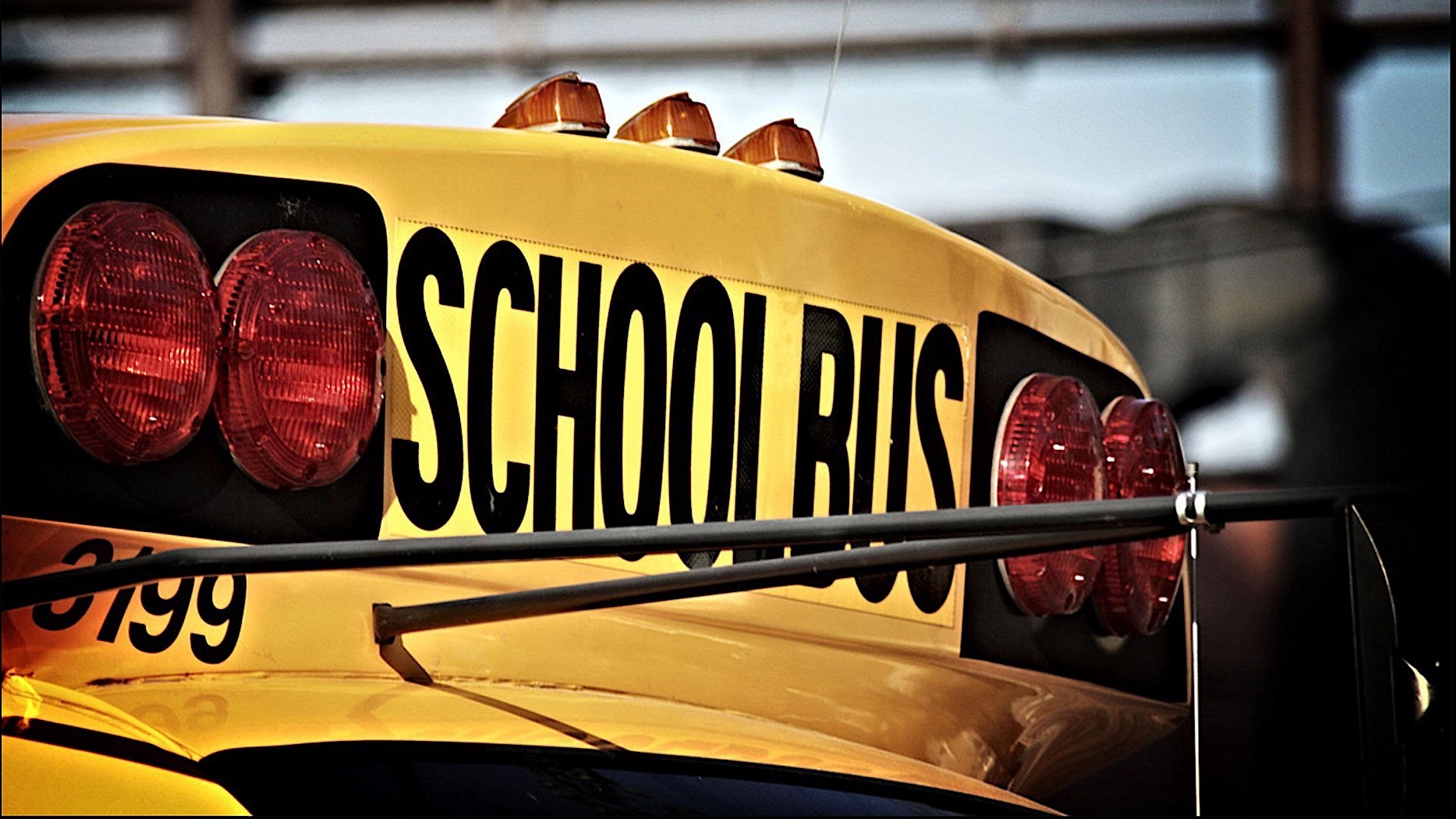
In 1939, American educator Frank W. Cyr decided to do something to provide some rules for school bus manufacturers, so he organized the first-ever conference on school transportation.
The conference followed years of research he conducted that showed kids all over America were traveling to school in an incomprehensible variation of buses or even coaches from the old days. He was upset with the uneven coloring, age, and state in which these vehicles presented themselves.
So, in 1939, he summoned at Teachers College at the Columbia University transportation officials from across the U.S. and representatives of the companies building such buses. The conference, being funded by the Rockefeller Foundation, drew them all there.
They talked, debated and then talked again before all agreeing on 44 standards to be applied to all school buses. They would govern body length, height, aisle width and so on.
Most of these standards have changed since, but at least one remained: the yellow.
Officially, the color used on the buses is called National School Bus Chrome. It was chosen because black lettering on yellow background was said to be the easiest to spot in semidarkness and is noticed the quickest by peripheral vision.
As soon as these standards were in place, school districts began buying and operating their own fleets. As the number of students rose, the size of the trucks increased as well. As safety features were invented, they made they way into school buses.
As per a report by American School Bus Council, there are now around 480,000 school buses operating in the U.S. They carry 25 million children, making this operation one of the largest form of mass transit in the country.



